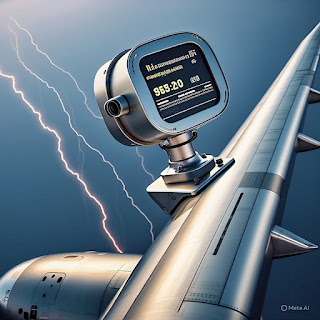International Conferences on Composite Materials
9th Edition of International Conferences on Composite Materials
Award Nomination - https://x-i.me/compram1
Abstract Submission - https://x-i.me/compabst2
Manufacturing the MFFD thermoplastic composite fuselage
The Multifunctional Fuselage Demonstrator (MFFD) program was conceived in 2014 as one of three large aircraft demonstrators within the EU-funded Clean Sky 2 (CS2) initiative (now Clean Aviation) aimed at advancing innovative technologies, aircraft sustainability and a competitive supply chain in Europe. When disseminated in 2017, the MFFD program goals were ambitious: Build an 8-meter-long, 4-meter-diameter fuselage section fully from carbon fiber-reinforced thermoplastic polymer (CFRTP) composites to enable production of 60-100 aircraft/month with a 10% reduction in fuselage weight and 20% cut in recurring cost. By the project’s end in 2024, overall technology readiness level (TRL) for such a fuselage will be advanced to TRL 5.
From 2017-2019, Airbus Research & Technology (Bremen, Germany), as the MFFD project leader, issued 13 CS2 calls for proposal CfP07–CfP11 for work topics such as automated assembly plant for a thermoplastic fuselage, micromechanics of welded joints, novel tooling, multifunctional pick-and-place/welding end effectors, new test methods and testing, longitudinal fuselage joints, digital twins, CFRTP fuselage repair and more. The consortia that responded were awarded hundreds of work packages, completed by more than 40 companies and organizations (Fig. 1). “This multidisciplinary and international collaboration is the only way we will reach climate-neutral aviation by 2050,” says Salvador Romero Esteban, principal R&D engineer at GKN Fokker (Hoogeveen, Netherlands).
MFFD’s completed lower shell has been shipped to Fraunhofer Institute for Manufacturing Technology and Advanced Materials (IFAM, Stade, Germany) for final assembly, and the upper shell should arrive by late July. “Setup of the lower and upper shells in the assembly fixture should take 1-2 months,” says Eric Pohl, research associate at Fraunhofer Institute for Material and Beam Technology (IWS, Dresden, Germany) in the BUSTI project. “We should be able to start welding the left-hand [LH] side butt-strap joint via laser in-situ joining by the end of August/start of September.” The right-hand (RH) overlap joint will then be completed by Aimen Centro Tecnológico (Porriño, Spain) and FFT (Fulda, Germany) via ultrasonic welding, followed by final evaluation of the MFFD digital twin (see last section of “Proving out LM PAEK welding for MFFD”).
The goal of this article is to give an overview of the MFFD manufacturing steps completed so far and a discussion of the laser-based co-consolidation process that will be used for the LH side butt-strap joint.




Comments
Post a Comment